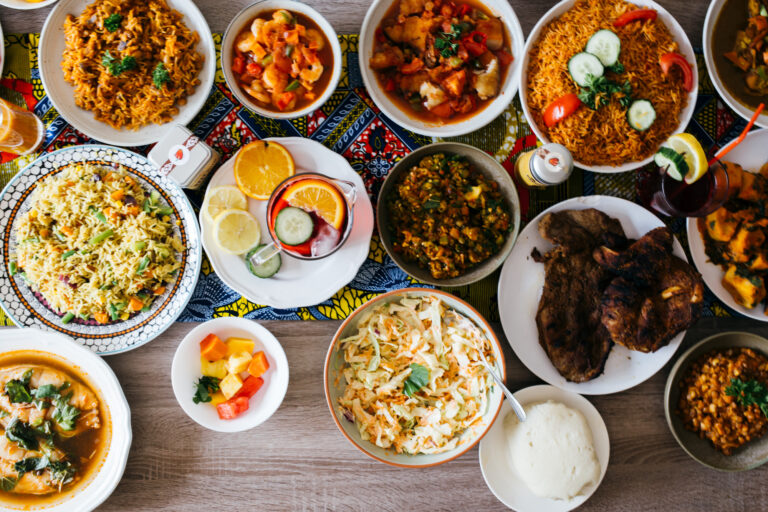Introduction: Mali’s rich culinary culture
Mali is a West African country that is known for its vibrant culture, music, and cuisine. The country’s cuisine is a fusion of different ingredients, spices, and cooking techniques, which have been influenced by the country’s rich history and ancient empires. Mali’s cuisine reflects the country’s diverse ethnic groups, such as the Bambara, Peul, Soninke, and Tuareg, and their unique food traditions.
Ancient empires and food traditions
Mali has a long history of empires, including the Ghana Empire, the Mali Empire, and the Songhai Empire. These empires had a significant impact on the country’s culture, including its cuisine. For example, the Ghana Empire, which emerged in the 6th century, was known for its trade in gold and salt. The empire’s trade routes brought new food ingredients and spices to the region, such as rice, sorghum, and spices like ginger, cinnamon, and cloves.
Influence of the Mali Empire on cuisine
The Mali Empire was one of the most significant empires in West Africa, and it had a significant impact on Mali’s cuisine. The empire’s capital, Niani, was known for its food markets, where people could buy a variety of foods, including meats, grains, vegetables, and spices. The Mali Empire was also known for its agriculture, and farmers produced a wide range of crops, such as millet, sorghum, and rice. This legacy has influenced Mali’s cuisine, and these ingredients are still used today in traditional Malian dishes.
The role of Islam in food culture
Islam arrived in Mali in the 11th century and has had a profound impact on the country’s food culture. Islamic dietary laws prohibit the consumption of pork and alcohol, and this has influenced the development of Malian cuisine. Malian dishes often use lamb or beef instead of pork, and traditional drinks such as bissap and ginger beer are popular alternatives to alcohol. Islamic traditions also influenced the development of Malian sweet dishes, such as sweet couscous and rice pudding, which are often served during religious festivals.
Slavery and its impact on food practices
Slavery was a significant part of Mali’s history, and it had a profound impact on the country’s food practices. Enslaved Africans were forced to work on plantations and farms, and their diet was often limited to basic staples such as rice, millet, and beans. Slaves were also responsible for preparing meals for their owners, and this led to the development of new dishes and cooking techniques. Today, traditional Malian dishes such as maafe and yassa are believed to have originated from the cooking practices of enslaved Africans.
Modern Mali cuisine: preserving ancient legacies
Despite the influence of modernity and globalization, Malian cuisine continues to preserve its ancient legacies. Many traditional dishes, such as thieboudienne (a rice and fish dish), fufu (a starchy side dish), and tigadegena (a beef and vegetable stew), are still popular in Mali today. Modern Mali cuisine also reflects the country’s diverse ethnic groups, and many restaurants offer dishes that draw from Bambara, Soninke, and Tuareg food traditions. Overall, Mali’s cuisine is a testament to the country’s rich history, and it continues to evolve and adapt while staying true to its roots.

